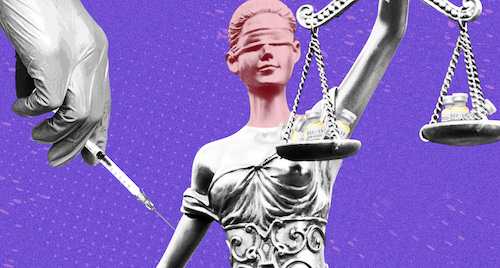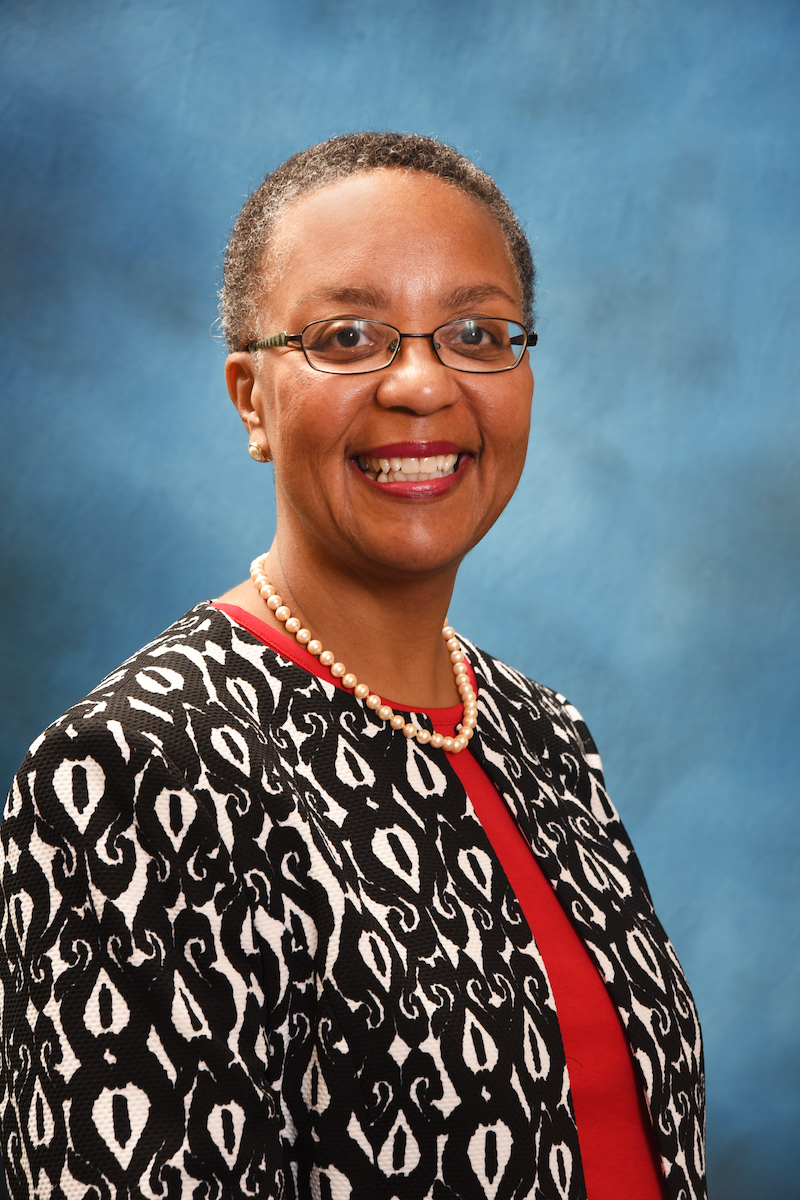
Americans may start receiving the first doses of what could be a highly effective COVID-19 vaccine as early as later this month. There is almost universal consensus that the first round should go to healthcare workers — the logic being that we need medical staff to stay healthy so they can care for the rest of us if we get sick. But beyond that, the question of who should be next in line gets more complex. Should it be those most likely to suffer the most severe symptoms? Those most likely to spread the disease? Demographic groups who’ve paid the highest price during the pandemic? People who are crucial to keeping the core functions of our economy going? Recently, we asked UM-Dearborn assistant professor and medical ethics expert Terri Laws to break down some of the ethical nuances of the vaccine rollout. Our conversation below has been condensed and edited lightly for clarity.
Before we dig into some of the specifics, I have to say I’m a little surprised — maybe even encouraged — that justice seems to be a fairly central part of both the public discussion around the vaccine and the one that’s happening within government agencies. Are you surprised or hopeful about this?
Well, the agencies that are figuring all this out right now have started releasing their guidelines, and I have to say it looks very similar to what we’d think of as a “just” distribution of the vaccine. I’m also very pleased with how many groups are coming forward to push this question of equity into the conversation. I have to believe that this year’s protests around racial justice have played a role in why we’re seeing so much effort, because I’ve personally never seen so much effort. Even though justice is one of the core principles of bioethics in healthcare, it’s the one professionals in my field spend the least time thinking about. So yes, in that sense, I find it very hopeful. But we have to recognize that we have not exactly followed guidelines from the CDC during the course of this pandemic. So we’ll have to see if these recommendations translate into actions.
And let’s break down those actions a little bit. The underlying reason we’re talking about this topic is there are not going to be enough doses of the vaccine to go around initially, so decisions will have to be made about who gets it first. Do I have that right?
That’s correct. And there seems to be pretty widespread acceptance that healthcare workers will be first. We have to be able to keep our medical system functioning, and we’re finding out right now just how finite that workforce is. But this is where the first level of nuance comes in, because who is a healthcare worker? And who gets to decide who is a healthcare worker? Is the hospital cafeteria worker or the janitor who cleans the rooms, both of whom help keep the hospital running, are they healthcare workers? And the same nuance applies to essential workers, who are another category of folks who would be first in line for a vaccine because they are putting themselves at risk to keep our economy going.
I think this is something I’m especially concerned about because many of these decisions will be made by each state and influenced by each state’s politics. I mean, if you want, I can complicate the picture even further, because if we’re thinking about this in terms of workforce and who we need to keep our economy and society functioning, then we have to think beyond states because no state is its own distinct economic unit. For example, we know the meat processing industry is concentrated in certain states like Mississippi or North Carolina, and those workers who keep that industry going are often immigrant and undocumented workers. And we also know that there were immigration raids of meat processing plants in Mississippi just last year. So these aren’t necessarily people who are usually at the top of the list politically, so they haven’t been a large part of the public health or vaccine prioritization discussion. But all of us will absolutely need Mississippi, for example, to put them near the top of the list if we want meat on our shelves at the grocery store.






